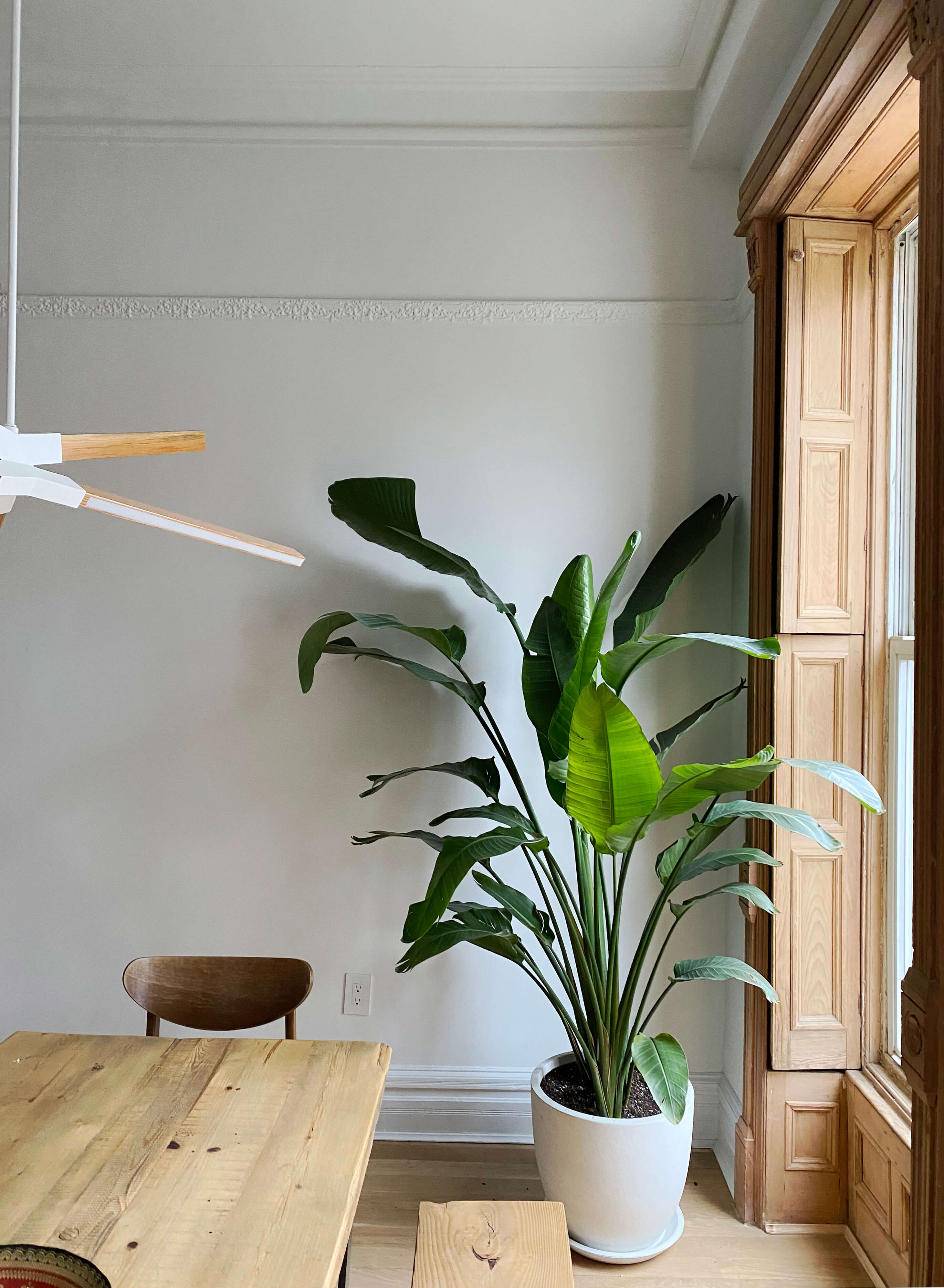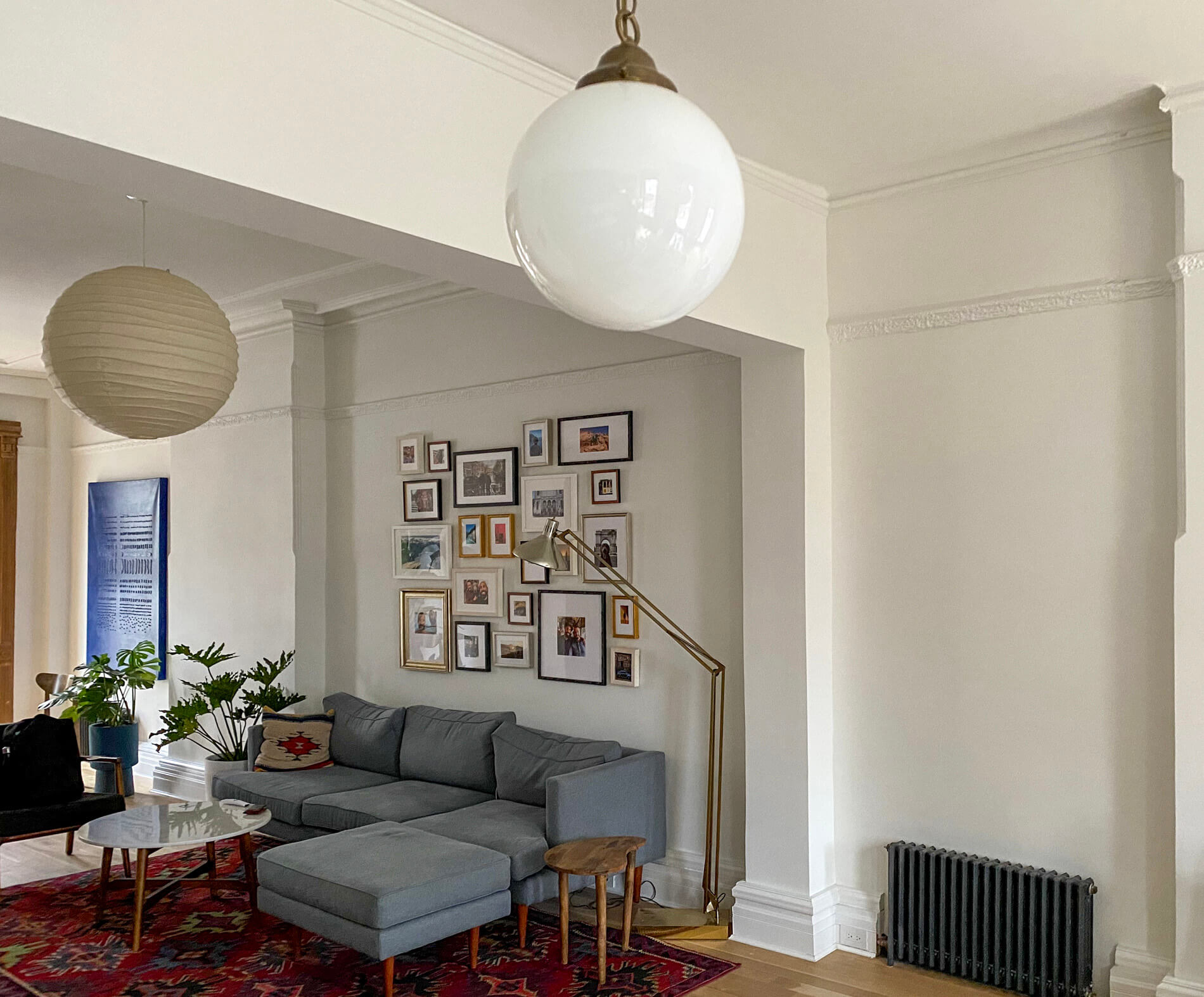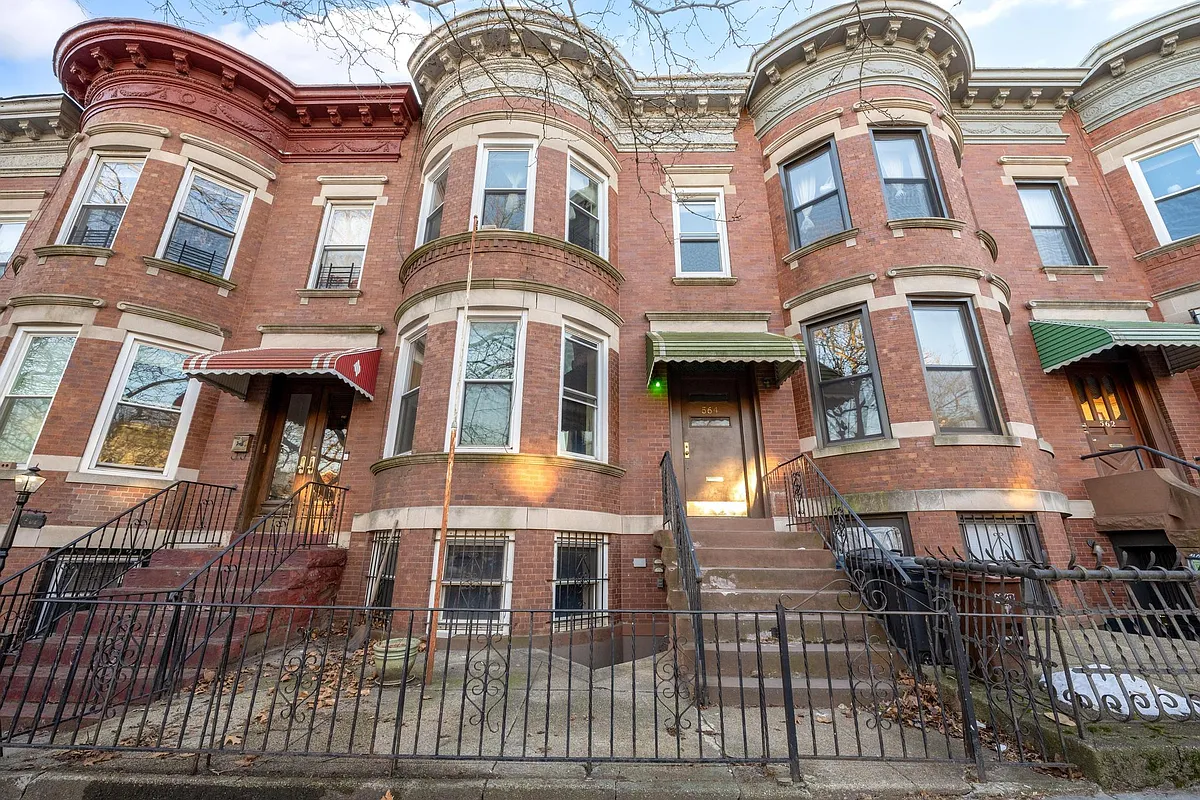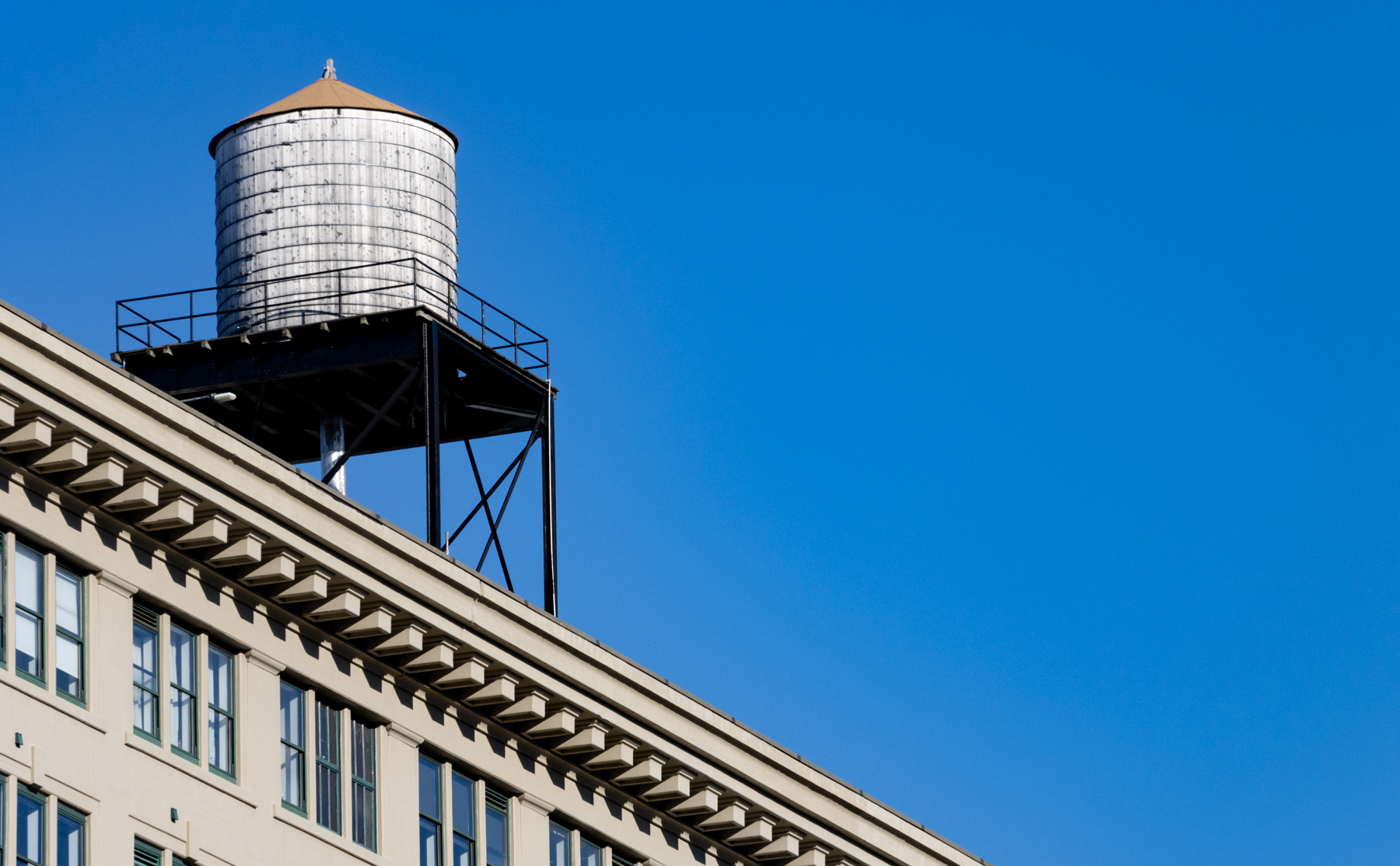Brownstone Boys: Why Is Skim Coating Plaster Walls So Expensive?
Skim coating is part of the territory if you’re a fan of old buildings with plaster walls.

A lot of labor goes into the skim coating. The after is well worth it!
Editor’s note: Welcome to the 62nd installment of Brownstone Boys Reno, a reader renovation diary about renovating a brownstone in Bed Stuy. See the first one here. They also blog at www.thebrownstoneboys.com.
There are two four-letter words that stoke fear into budget-conscious renovators’ minds. They come up all too often in New York City renovations with its abundance of prewar architecture. The often necessary but expensive “skim coat.”
It’s part of the territory if you’re a fan of old buildings with plaster walls. They are durable enough to last for decades but at some point they will require repair. It’s a time consuming, messy, and expensive process but when it’s done correctly it can restore necessary integrity, not to mention making the walls crisp and smooth again.

Seeing the eye popping cost of the process made us look into it further. There are several ways it can be done. It’s important to understand the basics of the process when getting quotes. It’s one of the items we have noticed varies widely in cost from different contractors and professionals. How could one person quote $7,000 when someone else quotes $40,000 for the same line item that simply reads: “Skim coat walls”?
Let’s start with why it might be necessary. If you have plaster walls and ceilings you might have dings and holes after years of things bumping into them. That’s easy enough to to repair. Or you might also see cracks forming or even plaster pieces cracking and flaking off. Obviously a bigger problem. An experienced plaster worker can get a feel for the integrity of the wall with a simple tap, looking for the right bounce back of his finger and listening for a hollow sound. If the walls haven’t been repaired since they went up more than 100 years ago chances are they are due.

A common way to skim coat walls is to cover them in a thin layer of joint compound or plaster and smooth out with a trowel. This can be done in multiple layers, preferably with as little sanding as possible, until the dings and holes are smoothed out and the wall is renewed. It works great if your walls just need to be refreshed and the small dings covered. If your walls are cracking and pieces of plaster are coming off, putting another layer over them will very quickly suffer the same fate. You’ll see cracks in no time. We found that the cheaper quotes used this technique. It’s not wrong and still requires skill, it just isn’t what was required for the walls we were repairing.
For cracking plaster that needs integrity restored, it’s a much more involved process. Loose plaster needs to be removed and cracks are opened. Fiberglass mesh is applied and often something to glue it all together such as a layer of Plaster Weld. Once the wall is prepared in this way so that the integrity of the plaster is strengthened, then the skim coat can go on in layers. The best plaster experts will do the layers with minimal to no sanding, to cut down on dust. It is definitely a skill that is acquired from years of practice. The result will be a wall that is smooth and new looking but with the underlying structural integrity so that the pesky cracks don’t just return in a matter of months.

It’s time consuming, messy, and requires a lot of skill. Because of that it is indeed an expensive job. It can start at about the cost of an expensive paint job and go up from there. If ceilings or re-creating fancy plaster details are part of the project, it can run into the tens of thousands of dollars. But skim coating walls will not cost the owner more than removing the plaster and putting up drywall, and skim coating preserves the existing woodwork and other details. And no doubt one of the things you fell in love with when you bought your house were those beautiful plaster walls that you probably thought just needed a little TLC. Well, they do, and that TLC might just be one of the most expensive line items on your renovation quote. It’s also an area to be very careful of when you see quotes much lower than others. Not to say that some service providers might just be charging less for the weeks of labor it might take to compete the job, but it’s probably a good idea to ask them exactly what the steps are in the process they will follow to repair your walls.
Plaster has been used as a durable and beautiful wall covering for hundreds of years. The charm of Brooklyn’s brownstones and row houses are these original historical features that still exist inside and out. We love to see original plaster walls and moldings and definitely spent more budget and time restoring ours. Let us know your experience restoring yours!
[Photos by Brownstone Boys unless noted otherwise]
Related Stories
- Walkabout: Plastered, Part One
- How to Care for Plaster in an Old House
- Brownstone Boys: Replicating Original Brownstone Doors
Email tips@brownstoner.com with further comments, questions or tips. Follow Brownstoner on Twitter and Instagram, and like us on Facebook.









What's Your Take? Leave a Comment